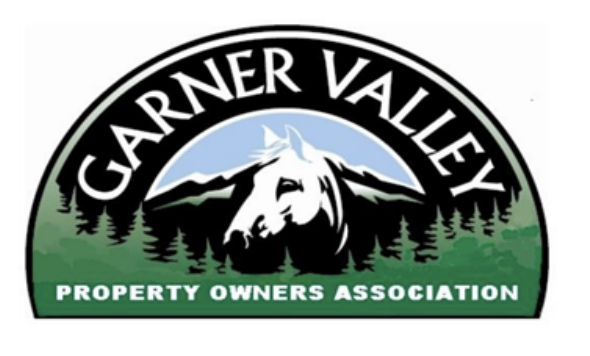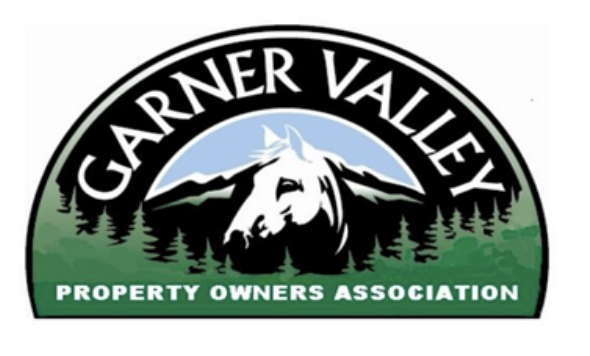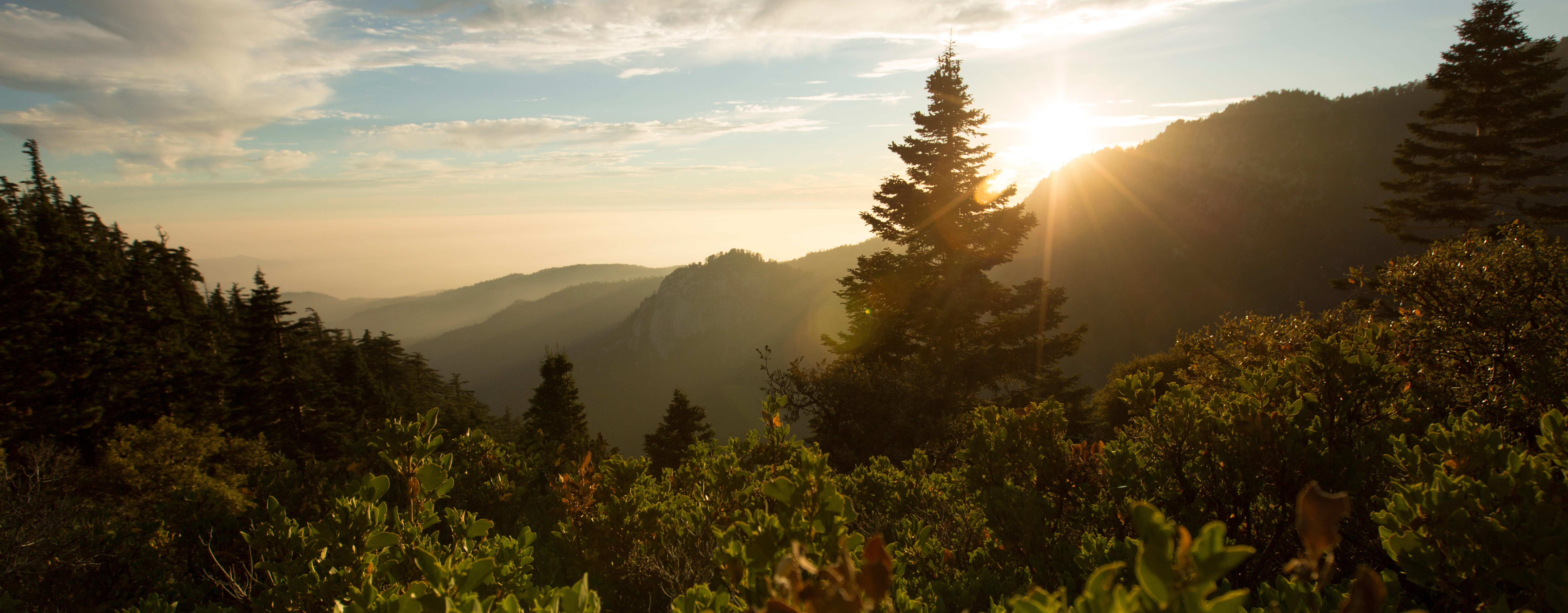Our History
The Indians
For thousands of years the Cahuilla Indians made their summer homes in the area now known as the Garner Valley. Every year at springtime the tribes would follow the ancestral trails that climbed from the desert heat of the Coachella Valley to the cooler climates of the San Jacinto mountains. Also known as the ‘Iviatim’ people, their territory extended to the north to the San Bernardino mountains, to the south by Borrego Springs and the Chocolate Mountains, to the east by the Colorado Desert, and to the west by the San Jacinto Plain and the eastern slopes of the Palomar Mountains.
Living on native desert plants such as the California fan palm, they harvested its fruits, and shaped its leaves into baskets, sandals and thatching for the roofs of their dwellings. Their water sources included desert springs and a large freshwater lake fed by the Colorado River. The lake dried up sometime in the 17th century. In 1905 a new lake took its place due to a break in a man-made levee and eventually became known as the Salton Sea. In the mountains, the Cahuilla survived on Pine nuts that they ground into a paste. The abundant wildlife also provided a food source high in protein.
Because they lived in the far inland areas of Alta California the Cahuilla did not encounter Europeans until 1774 when General Juan Bautista de Anza met up with them while searching for a trade route between the Spanish settlements of Sonora and Monterey. The Cahuilla did not encounter Anglo-Americans until the 1840s. During this period, nearly eighty percent of the Cahuilla tribes succumbed to European diseases. As their population continued to decline, the remaining remnant of Cahuillas were forced onto reservations that were established after several years of conflict with local and federal authorities
The Cowboys
In 1860, Charles Thomas migrated to what was then the Hemet Valley and built a cattle ranch that spanned several thousand acres and specialized in Angus cattle and thoroughbred horses. Ranch hands included Cahuilla Indians. Among the most famous of these Indians were Juan Diego and Ramona Lubo whose life story would later be immortalized in Helen Hunt Jackson’s famous novel, Ramona. It portrays the life of a mixed-race Scots–Native American orphan girl, who suffers racial discrimination and hardship. It was one of the most popular books in it’s day. A play adaptation has been performed annually outdoors in nearby Hemet since 1923.
The hospitality of the Thomas family was well known throughout the area by visitors and strangers alike as described by George Wharton James, a local California writer. “What a difference it makes when one is tired and hungry to feel that there is a glad welcome ahead, where willing hands will administer to his comfort and cheerful voices and happy smiles make him feel at home. This is the Thomas Ranch!”
One of the most colorful characters that would be an early fixture at the ranch was Lucky Baldwin, a famous California horseman. He and Thomas partnered-up and raised thoroughbreds that competed on racetracks across the nation.
By 1905, Charles Thomas sold 1,700 acres to Robert Garner, a San Bernardino rancher and stockman, and the Thomas Ranch became the Garner Ranch, which would eventually expand into 9,500 acres - and give the valley its name. For the next 100 years the ranch would pass from generation to generation of family ownership. Robert’s son, Robert Jr, became the head of the ranch until he passed it on to his son, Jack Garner and then to his granddaughter, Mary Elizabeth “Meg” Garner, who manages the ranch today along with her husband, Ted Johnson and their daughter Hannah Johnson.
From the 1920s through the 60s, the ranch caught the eye of Hollywood producers and, along with Lake Hemet, became an ideal film location for a number of Hollywood’s famous B-westerns. Notable western stars such as Roy Rogers, Dale Evans, Gene Autry, Tom Mix, Tex Ritter, Audie Murphy, James Drury, Tim Holt and others would soon become frequent visitors. Some of the movie and television series that were filmed at the ranch and Garner Valley included The Virginian, Fury, andHopalong Cassidy. Although most television viewers imagined that the popular TV series Bonanza was filmed in Lake Tahoe and Nevada, the opening scene where the Cartwright family ride down the meadowland into the television screen was actually filmed at the Garner Ranch.
The Miners
Mining in the Garner Valley started in the early 1890's and began as a huge fraud. The person or persons responsible for the fraud salted several claims by loading a shotgun with gold dust and firing it into the rock. The result was a sudden migration of hundreds of people looking to make their fortune. Harold Kenworthy, an Englishman, invested so heavily in the venture that a town located on what is now Table Mountain Road, was named after him. The town flourished, and by 1892, a two-story hotel and a school were built.
At one time as many as 89 mining claims were established in the area. When the swindle was exposed around 1895, most claims were abandoned and many miners deserted the area. The two mines that exemplified the gold mining days were the Gold Shot and the Hemet Belle. In 1900 the Hemet Belle was developed by Emile Chilson. The mine eventually changed hands so many times that it became known as the "Grubstake Mine". In 1951 Dexter Mayne of Hemet bought the Hemet Belle, built a road to it, developed the mine and for the following 29 years claimed or reclaimed three additioinal mines: the Cadmium, the Bismith and the Golden Crown. The Gold Shot mine was first discovered around 1927 by Mr. and Mrs. Penrod who resided in what is now known as Penrod Canyon. Mrs. Penrod was able to pan enough gold out of Penrod Creek to support herself and her ailing husband until 1929 when she sold the mine to Gold Shot Mines, Inc. which operated the mine for only a few years before the corporation dissolved leaving the mine and the and another nearby claim, the Golden Libra to Charles Munz and Mrs. Sam Gibson. Munz also developed two other nearby claims, the Big Jim and the Triangle. Due to the low tenor of the ore and losses from theft and vandalism, the mines never paid out to any substantial degree. Over the years, many claims were filed by people seeking a wilderness retreat with no real intention of mining ore. Once the Johnson Act of 1955 passed, many of these "squatters" were rounded up and evicted. Of all the mining claims located in nearby Butterfly Mountain, only one, the Hemet Belle, lasted into the 1980s.
Meanwhile...back at the ranch.
IIn 1968 a fairly substantial portion of the Garner Ranch property, 2,200 acres, was sold to the Great American Land Company. The company had been searching for an ideal valley to develop when they came upon Garner Valley, proclaiming it to be the most beautiful of all the sites they had looked at from Eureka to the Temecula Valley.
The original master plan included the development of 3,000 home sites, a 150 acre lake, 42 acres of commercial property and an 18-hole golf course. The plan had been approved by the Riverside County Planning Commission but, after much opposition from student groups and environmental groups like the Sierra Club, zoning ordinances were changed requiring a minimum of 5-acre parcels. The initially named “Lake Pine Meadows” development consisted of 306 home sites between 5 and 20 acres.
In 1973, an advertising campaign appeared in the Sunday supplement of the Los Angeles Times and touted “Retreat estates go on sale at an historic Ranch almost a mile-high in a beautiful setting, yet not isolated.” Parcels were priced at $3,900 per acre for 5-acre sites and $2,000 per acre for 20-acre lots.
Today, this area is known as Garner Valley and is home to many families who relish the sweet smell of pines, the sounds of nature and star-spangled nights away from city lights. The valley enjoys four mild yet distinct seasonal changes. Summers can be windy and warm and can promise an occasional afternoon thunderstorm while autumn transitions to a colorful display of yellow ochre, orange and burnt sienna as the cottonwoods discard their leaves while the evergreens stay, well, ever green. Winter brings an occasional snow that results in the scent of wood smoke rising from local chimneys. But unlike some areas of the country, the winter snows usually disappear in a few days leaving only a crisp bite in the air and a thin white blanket covering the surrounding mountain peaks. Finally, comes the spring … where life is reborn and the abundant blooms of dogwood and daffodils fill the senses.
Author of article: http://www.garnervalleydirectory.com/garnervalleydir6.html

Fun Trivia
- The last grizzly in these mountains, known as “Old Clubfoot” because of a bear trap injury, was killed in the 1890’s near Thomas Valley.
- Camp Joe Scherman, an Orange County Girl Scouts Camp located in Garner Valley, was named after a San Jacinto Mountain lumberman and Orange County’s first State Ranger.
- State Highway 74 was built in the 1920’s from the top down and opened in 1929, but wasn’t paved until the 1930’s.
- The first automobile to climb up the narrow dirt road from Hemet was a Ford in 1902.
- An Englishman named Eugene Kenworthy poured a fortune into a gold mine operation near the southern end of Garner Valley in the 1880’s. No great amounts of gold were ever uncovered.
- Local harpies used to “salt the mines” with gold dust in a shotgun pellet. They would fire into a rock and suddenly have a mine for sale, as the “proof of gold” was evident. The Gold Shot Mine, located in Penrod Canyon, no doubt got its name from this practice. As a result of the drought of 1864, one of the largest and tallest masonry dams in the world was constructed in the San Jacinto Mountains. The idea for the dam was conceived by Colonel E.L. Mayberry.
- Hemet Land and Water Company was incorporated in 1887. The first order of business was the purchase of 3,000 acres from the Estudillo Family and 1000 acres from Charles Thomas. Construction on the dam began January 6, 1891.
- A heavy stand of pine trees in Thomas Valley provided lumber for the flumes, scaffolding and forms for construction. When completed the largest arched masonry dam of its type in the world created a reservoir nearly two miles long and half a mile wide. Average depth of the lake, which covered 600 acres, was 65 feet. Lake Hemet dam remains as a monument to early pioneers’ vision, having survived two major earthquakes (1899 and 1918) and numerous floods with no damage to the dam itself.
- What was once known as Hemet Valley, then the Thomas Valley and now
- Garner Valley is the largest plateau in the San Jacinto Mountains.

